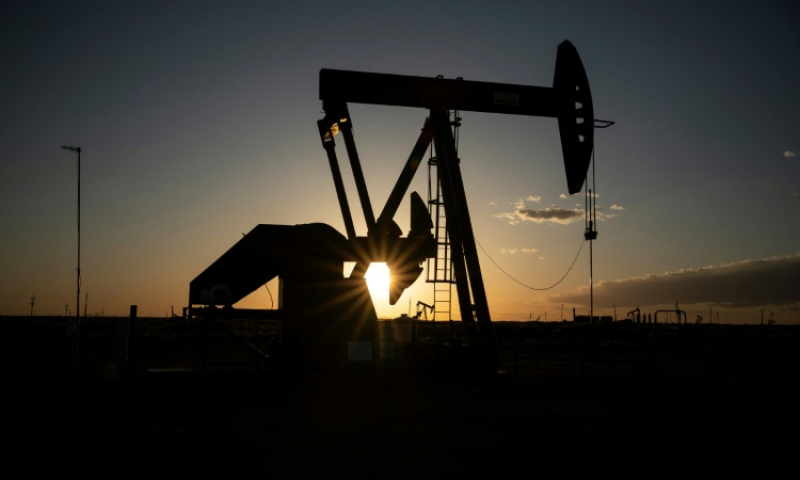- 2 killed as bus hits truck on Dhaka-Chattogram highway |
- Chief Adviser seeks prayers for Khaleda Zia’s recovery |
- Southeast Asia Floods Kill Over 250, Thousands Displaced |
- Trump Vows to Halt Migration From ‘Third World’ Nations |
- Journos should strengthen themselves to secure rights: Fakhrul |
OPEC+ Meets as Oil Output Debate Puts Prices on Edge

OPEC+ Meets as Oil Output Debate Puts Prices on Edge
Saudi Arabia, Russia, and six other key members of the OPEC+ alliance are expected to agree on an oil production increase when they meet virtually on Sunday, though analysts remain divided over the size of the potential hike.
The meeting of the eight core producers — known as the “Voluntary Eight” (V8) — comes amid a week of falling oil prices and speculation that the group could boost output by as much as 500,000 barrels per day (bpd).
The Organization of the Petroleum Exporting Countries (OPEC) criticised what it called “wholly inaccurate and misleading” media reports about the meeting, urging greater accuracy to prevent unnecessary market volatility.
Analysts initially anticipated a smaller production increase of around 137,000 bpd from November, matching last month’s hike. But Commerzbank’s Barbara Lambrecht cautioned that “uncertainty remains, as the group has frequently surprised markets with swift production hikes in recent months.”
Since April, the V8 — comprising Saudi Arabia, Russia, Iraq, the United Arab Emirates, Kuwait, Kazakhstan, Algeria, and Oman — has collectively raised production by 2.5 million bpd. The group’s rapid pace of increases marks a sharp reversal from earlier years when OPEC+ sought to support prices through coordinated cuts.
The alliance’s shift in strategy reflects growing competition from non-OPEC producers. The International Energy Agency (IEA) noted that output from the United States, Brazil, Canada, Guyana, and Argentina is now at or near record levels.
Despite this, the IEA said the global demand outlook for crude remains stable, with growth of around 700,000 bpd projected for both 2025 and 2026. OPEC’s own forecast is more optimistic, predicting demand growth of 1.3 million bpd in 2025 and 1.4 million bpd in 2026.
However, analysts warn that signs of an oversupplied market are growing. “A long-awaited glut is now loudly knocking on the doors of our market,” said Tamas Varga of PVM.
The prospect of higher OPEC+ output has already dragged Brent crude — the global benchmark — below $65 a barrel, marking an eight percent decline in a single week.
Russia, OPEC+’s second-largest producer after Saudi Arabia, could resist a major quota hike amid fears that further price drops would undermine its oil revenues.
“Russia depends on high prices to fund its war machine,” said Rystad Energy analyst Jorge Leon, noting that the Kremlin’s production capacity remains constrained by Western sanctions.
Russia currently produces about 9.25 million barrels per day and has a maximum capacity of around 9.45 million, down from 10 million before the war, according to Homayoun Falakshahi of Kpler.
Adding to Moscow’s challenges, Ukrainian drone attacks on Russian refineries since August have disrupted domestic refining operations. “This has led to rising crude exports from Russia, as the oil can no longer be processed domestically,” said Arne Lohmann Rasmussen of Global Risk Management.
As OPEC+ leaders prepare for Sunday’s meeting, markets remain tense. Any decision to increase output could determine whether oil prices continue their downward slide — or stabilise in the months ahead.

